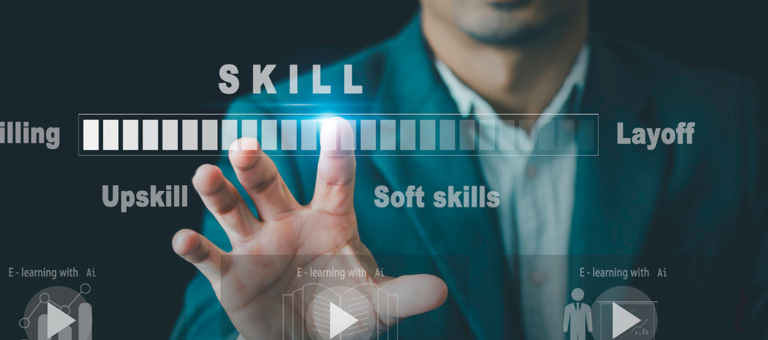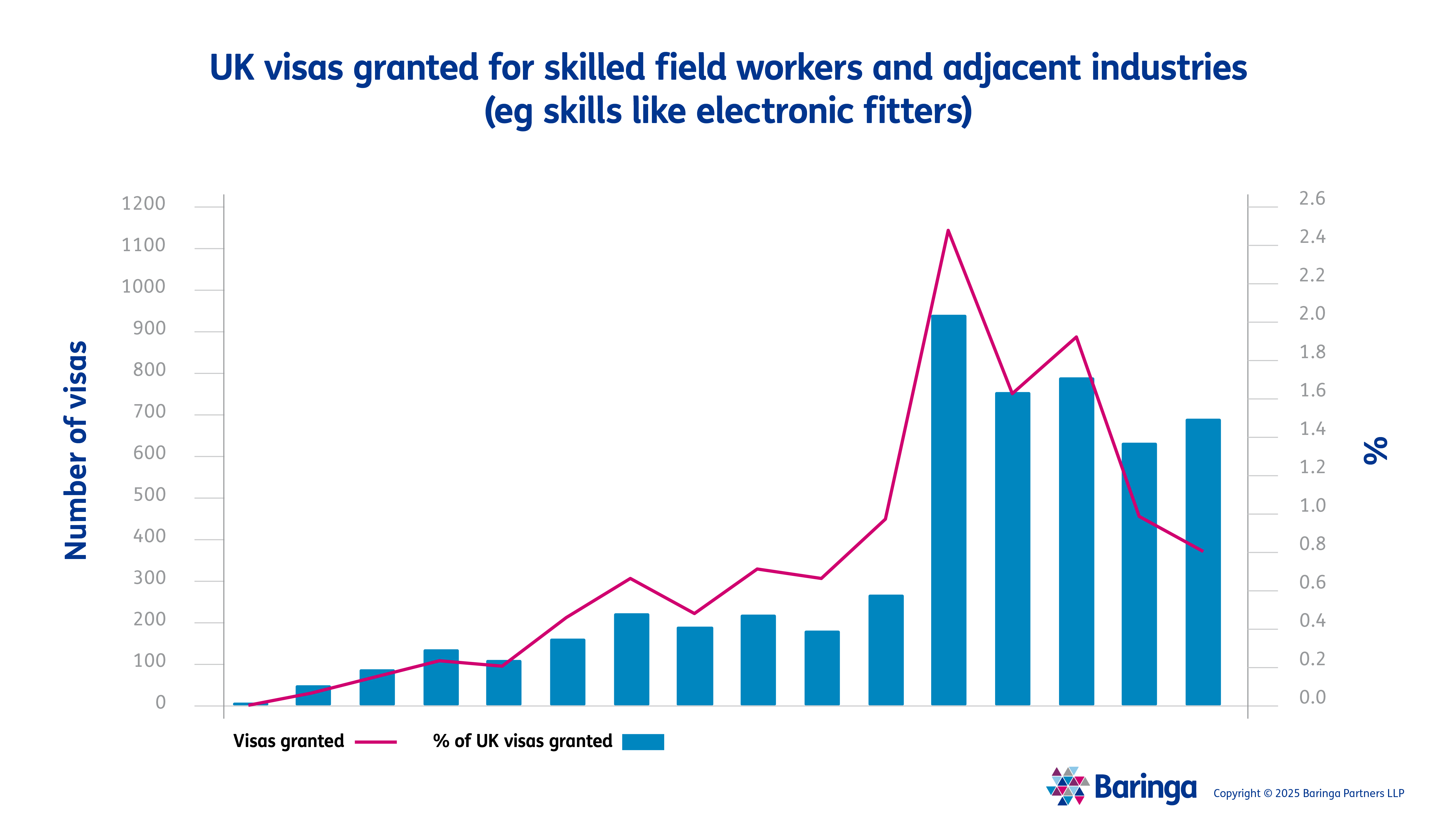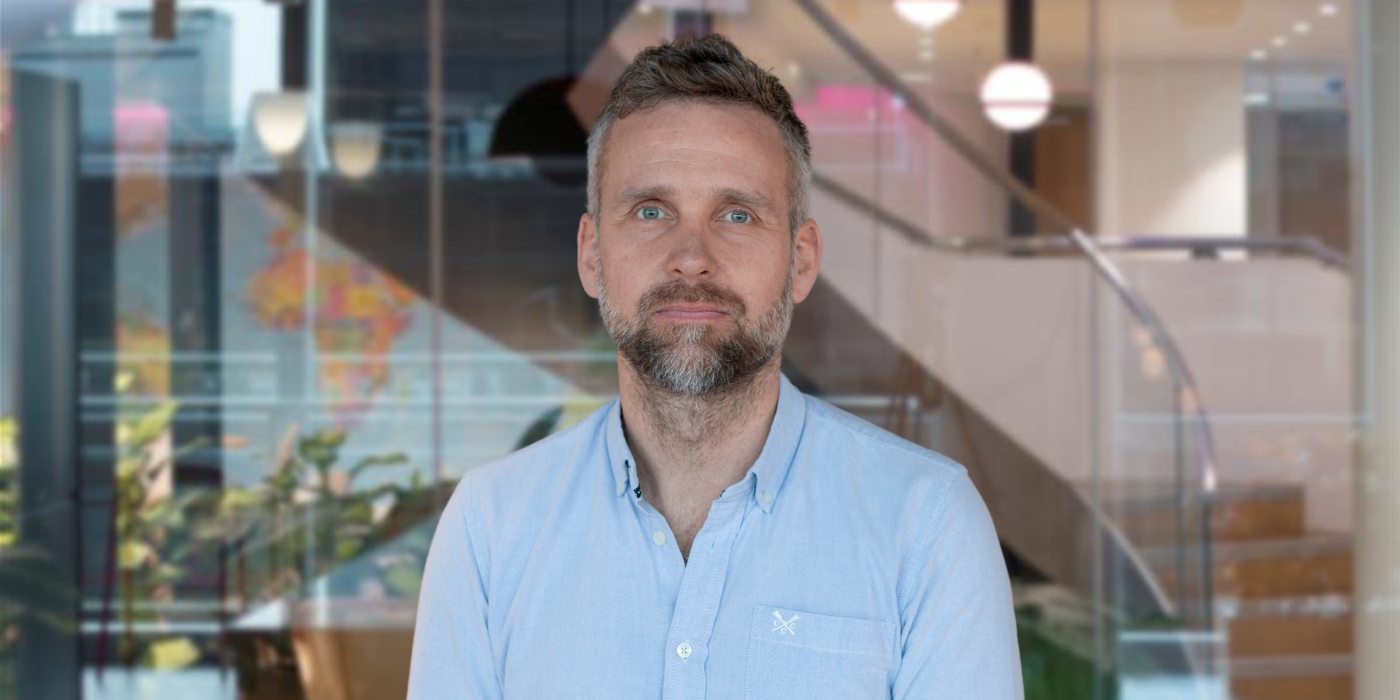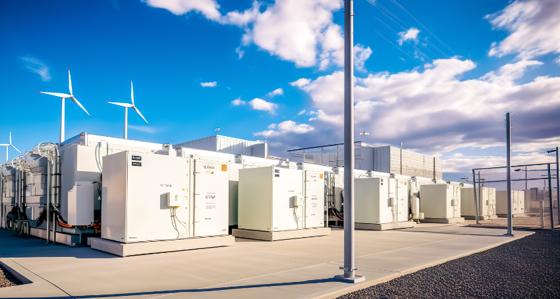
How AI can help energy bridge the workforce gap to deliver net zero
8 min read 11 June 2025
There is early momentum on delivering bold net zero targets, however a shortage of skilled field workers threatens to bring progress to a halt.
Delivering the infrastructure, technology, and maintenance upgrades required will be impossible without people on the ground. With thousands of roles unfilled and demand surging, the UK and other economies face a critical workforce shortfall that threatens to derail progress.
Could artificial intelligence (AI) bridge the workforce gap?
At Baringa, we’ve identified that appropriate AI adoption could halve the field services skills deficit by 2030, by expanding the available talent pool and upskilling people faster and more effectively. However, it’s going to take more than just technology deployment to realise this promise. Read on to explore the workforce challenges facing the energy industry, how we think AI could fill the gap, and what’s needed to turn this vision into reality.
Booming demand is driving record employment growth in energy
Utilities are experiencing rapidly increasing work demand as they navigate the energy transition, tackle decarbonisation targets, satisfy stricter regulations, integrate new technologies, and deliver sustainable outcomes.
It’s going to take tens of thousands more skilled workers to meet this unprecedented demand. The UK is already seeing major supply-side shifts in both full-time equivalents (FTEs) and skills diversity required, with this gap expected to widen massively as progress to net zero accelerates.
- Electricity networks. Achieving net-zero targets requires 400,000 new roles in electricity networks by 2050, including 260 new job types and accounting for attrition of 140,000 existing roles
- Green technology installs. There are currently 4,700 vacancies for trades needed to deploy green technology including heat pumps, electric vehicle (EV) charging points and solar. With the UK government targeting 600,000 heat pump installations by 2028, significant workforce growth is on the horizon
- Building retrofits. An estimated 230,000 additional workers will be needed to retrofit most buildings in the UK by 2030 as part of efforts to achieve net-zero targets
- Offshore wind. Tripling of offshore wind energy production in the next two years, from 26,000 to 70,000 MW, demands a substantial increase in work and skill differentiation.
- As demand soars, talent shortages persist.
The utilities industry faces an uphill battle in meeting skyrocketing demand for talent. Approximately 17% of the current utilities workforce is due to retire by 2030, and there is a clear need for more young people entering the sector due to a third of the current workforce being made up of over 50s. The result is a widening gap between the demand for delivery and the capacity and capability of the workforce.
Historically, the utilities sector has managed to mitigate this shortage of domestic talent with migrant labour. But with government planning to tighten immigration rules, bringing skilled manual workers from abroad is only set to become more difficult. We expect to see visa availability reduced successively over the next few years, continuing a recent downward trend.

With the reduction in visas exacerbating the sector’s skills gap, alternatives urgently need to be found. One solution could lie in the UK’s economically inactive population, which currently stands at more than nine million people. However, our assessment of the skills profile of this demographic suggests that few would be available to take up field service roles without significant training.
There have been some promising signs on the policy front. The government’s new skills agenda has emphasised the need for more technical colleges and supports rejuvenating private sector apprenticeships. There are also plans to potentially require employers to train or upskill UK workers as a condition of being able to sponsor migrant workers. It means that firms who are front-footed with training might be able to unlock more visas, helping them close skills gaps sooner.
However, investment in apprenticeships and re-skilling takes time, not to mention considerable cost. Organisations still need a way to reduce the burden of skills and training.
AI could be the solution that the sector needs
The rise of AI presents a timely solution for addressing workforce challenges. With its ability to automate repetitive tasks, handle routine work efficiently, and boost human productivity, AI provides four critical, interconnected levers for bridging the field service skills gap:
- Productivity enhancement. AI can work alongside humans to enhance and accelerate multiple tasks. Real-time, on-site data capture enables remote diagnosis and simple fixes. AI can also gather essential information around triage, planning, and augmentation work to support an increase in first-time resolution, reducing wastage while improving efficiency and output
- Speed to up- and cross-skill. AI-powered learning platforms can provide personalised training experiences tailored to individual needs, helping people acquire new skills more quickly. AI also makes it easier for organisations to harness and transfer experience from the retiring workforce. Remote assist technology can place an experienced colleague side-by-side with a new starter to guide and upskill whilst transferring knowledge that would typically be lost on exit
- Filling skills gaps. In the field, AI can surface additional information to support technicians in completing tasks that are new or unfamiliar to them. This effectively reduces the skill level needed for new hires, making the work demand more accessible to a larger supply workforce, as well as reducing training costs.
- Self-serve diagnostics: Intelligent assets and AI-supported triage and resolution are helping customers adopting self-serve solutions to achieve quicker outcomes. Through remote assist technology and guided support journeys, workload demand volume can be reduced and capacity diverted to address more complex fixes.
Crucially, our analysis shows that the existing skills level of a field agent across ONS (Office of National Statistics) skills criteria could be significantly reduced if AI can be harnessed in the field – providing both diagnostic capabilities as well as intelligent and dynamic in-field guides once a specific installation or issue has been assessed.
Homing in on electrical fitting and installation, roles expected to experience significant growth in demand with the energy transition, we’ve mapped how use of AI could significantly shorten the skills gap – effectively helping to fill 40,000 vacancies. Extrapolating this to field service roles more broadly, we calculate that AI could potentially halve the skills deficit by 2030.


AI is a powerful tool, but it won’t succeed in isolation
AI holds huge promise for helping field services tackle the twin challenge of rising demand and shrinking availability of talent – but it is no silver bullet.
Many utilities have already experienced how technology deployment without comprehensive business transformation fails to deliver lasting results. Time and again, digital workforce transformations have fallen short of their promise – not due to technology shortcomings, but because business leadership, people change, and organisational readiness were lacking.
This challenge is magnified with AI. It will only succeed in bridging energy’s workforce gap if it is part of a deeper transformation. Organisations will need bold leadership, reimagined processes, adaptive cultures, and investment in people. Leaders need to set the right direction from the top by championing new ways of working and empowering teams to support AI adoption. People at all levels need to be brought along for the journey, with organisations investing in skills development while ensuring that AI supports – rather than just supplants – human roles. Appropriate cultural and operational changes must also be woven in to foster a resilient and adaptive environment where AI-enabled innovation can thrive. Organisations who have attempted this previously will need to re-engage and reenergise the field team to bring them on the journey.
Those who succeed won’t just adopt AI. They’ll reshape themselves around its possibilities, building future-fit models that aren’t just smarter and faster, but more meaningfully human.
At Baringa, we blend deep techno-commercial expertise and industry experience to help businesses thrive in the energy transition. Together, we can help you navigate the complexities of a changing labour market and energy system. Get in touch with Steve Airey or Cliff Haydon to learn more.
Our Experts


Related Insights

From Pilots to Portfolios: Scaling the Rollout of Utility Microgrids
Across the U.S., utilities are under pressure to deliver reliable, affordable energy in the face of rising risks and shifting policies. Download our research to see how scaling microgrids can help meet that challenge.
Read more
Unlocking the North Sea’s future potential with digital and AI
The North Sea is ready for its next chapter - powered by AI and digital innovation. Discover how this energy giant can be transformed into a low-carbon leader while boosting efficiency, investment, and resilience.
Read more
Safeguarding critical energy infrastructure against converging cyber and physical threats
UK energy utilities strengthen their resilience against emerging cyber-physical threats by developing a holistic security methodology that bridges digital and physical domains.
Read more
Vom Commodity-Anbieter zum intelligenten Dienstleister: Wie Energieversorger mit KI den Kundenservice transformieren
Die Rolle von Künstlicher Intelligenz im Wandel der Energiebranche
Read moreIs digital and AI delivering what your business needs?
Digital and AI can solve your toughest challenges and elevate your business performance. But success isn’t always straightforward. Where can you unlock opportunity? And what does it take to set the foundation for lasting success?